What is EPOC? Understanding effect after training
If you have ever completed high-intensity exercises and have felt your heart rate and breathing will remain increased for a while, you have experienced epoc- Effect afterburn. Short for excess oxygen consumption after exerciseEPOC refers to Increased oxygen income that your body uses after exercise to restore to your condition before exercise.
However, EPOC is more than just a phenomenon after training. Plays an important role in Calories expenditure, fat loss and metabolic recoveryespecially in certain types of training as Hiit and exercise of resistance. In this article we will explore what EPOC is, how it works, why it matters and how to train ways that maximize its benefits.
What is EPOC (excess oxygen consumption after exercise)?
EPOC is the amount Another oxygen, your body consumes after intense exercise to support the recovery process. The body involves several energy -intensive processes during recovery:
- Completion of trades atp and creatine phosphate
- Muscle glycogen resty
- Lactate removal and conversion (Corice Cycle)
- Restoring the level of hemoglobin and myoglobin oxygen
- Thermoregulation (body cooling down)
- Increased hormonal activity (catecholamines, cortisol, gh)
- Repair of muscle tissue and adaptation
Each requires oxygen, which contributes to increased metabolism after exercise. EPOC basically reflects Extra energy that your body uses after exercise return to homeostasis. During this period of recovery, your Metabolism remains increasedAnd your body is still burning calories – even at rest.
You can recognize the effect afterburn if after training:
- Your heart speed and breathing remain increased
- You still sweat or feel hot
- Your device shows a higher total calorie combustion
- You feel more tired or stimulated after training
These characters reflect that your body is We are still working on recoveryAnd that you reap metabolic rewards for intelligent and intense session.
The high level of EPOC requires a very intense or prolonged exerciseThis may not be feasible for most people, especially for beginners or not athletes.
Why does EPOC care?
1. Increases the total caloric burns
EPOC expands your energy expenses During the duration of trainingThis increases the overall combustion of calories. The intensity and duration Your training strongly affects the size and length of the EPOC effect.
Studies show that EPOC can increase Energy expenses rest for 38 hours After a high intensity of severe resistance Session (Mark D. Schuenke. Et al.).
2. It supports the loss of fat
While calories burns during training is important Damage to metabolism after exercise EPOC can meaningfully contribute to fat sales – especially in combination with resistance training or interval cardio.
3. Increases recovery
The body uses this state of oxygen demanding on:
- Restore ATP and phosphocreatine
- Repair damaged muscle fibers
- Hormone rebalance such as cortisol and growth hormone
These processes are necessary for Training adaptation and muscle growth.
What affects the EPOC effect?
| Factor | Effect on EPOC |
|---|---|
| Intensity | Higher intensity = larger EPOC |
| Duration of exercise | Longer duration = more oxygen demand |
| Type of training | Resistance and HIIT training produce higher EPOC than cardio in steady state |
| Training experience | Trained individuals can recover over time faster and experience a slightly reduced EPOC |
Training methods that maximize EPOC
1.
Hiit includes alternating explosions of intense efforts with a period of recovery. This creates a large metabolic interference that requires more energy after exercise to restore physiological balance.
Example of the protocol:
- 30 seconds of sprint / 90 seconds walk × 8-10 rounds
- Total time: 20–25 minutes
- Intensity: ≥ 85% maximum heart rate (or ≥ 90% vo₂Max)

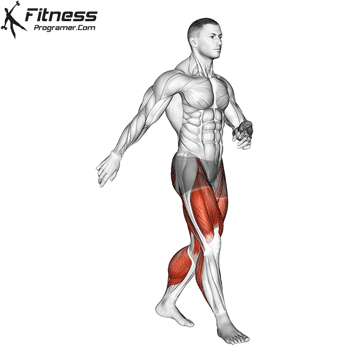
2. Sprint interval training (SIT)
SIT pushes the body above 100% vo₂max for very short times, causing greater oxygen debt and muscle disruption.
Example of the protocol:
- 6-8 × 30-second “All-Out” sprints (eg ergometer cycle or hill)
- 3-4 minutes passive recovery between matches
3. Training of heavy resistance
Multiple compound lifts by high load cause significant recruitment of muscle fibers, exhaustion, etc., and hormonal response – all contribute to EPOC.
Proven procedures:
- Use Multi-kloubové lifts (eg Squats, Deadlifts, Lines, Bench Press)
- Load: 70–85% 1rm
- Volume: 3-5 SAD × 8–12 repetitions
- A short rest period (45-60 seconds) increase metabolic costs


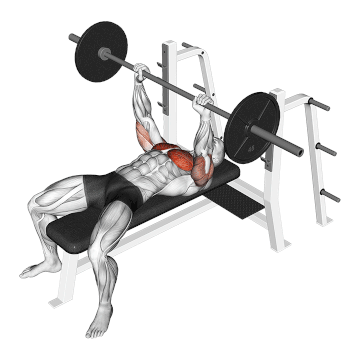
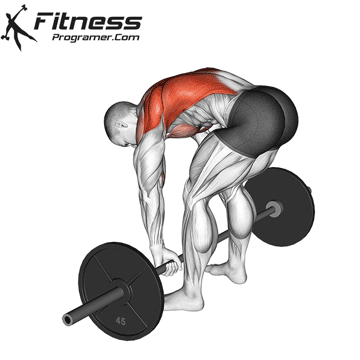
4. Circuit Resistance Training
It combines strength and cardiovascular elements with minimal rest between exercises and maintain an increased heart rate during a session.
Example of the protocol:
- 4–6 Exercise in the circuit (eg push-up, lungs, lines, swings kettlebell)
- 30–60 seconds on a station with rest <30 seconds
- Repeat to 3-5 rounds
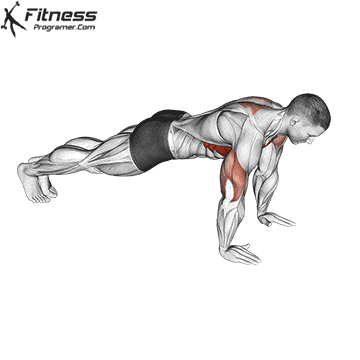
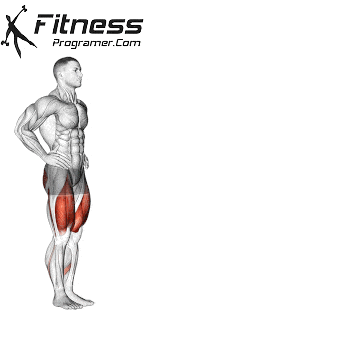
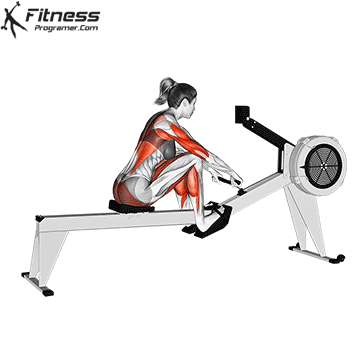
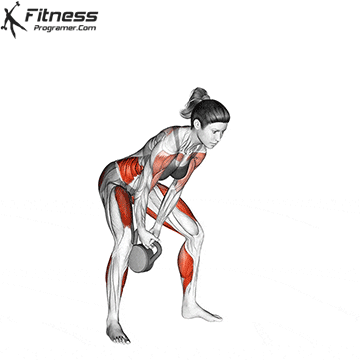
5. Combined Training of Endurance and Resistance (concurrent training)
Aerobic and resistant training in one session increases the total energy costs and metabolic demand for exercise.
Example of session:
- 20 minutes of working with a mild to high intensity
- Follows 20 minutes of intervals or steady cardio to ≥ 70% vo₂max
6. Tabata training
High -intensive form of HIIT with extremely short relations of working networks, Tabata produces large oxygen deficits in a short time.
Example of the protocol:
- 8 rounds after 20 seconds maximum effort / rest 10 seconds
- Total: 4 minutes to exercise (eg squat jumps, burpees, mountain climbers)
How long will EPOC last?
Modern research suggests:
- Medium intensity exercise: EPOC may take 1-3 hours
- Submaximal Aerobic exercise (≥ 70% vo₂max for ≥ 50 minutes): EPOC can take 3-12 hoursEspecially for trained individuals.
- Supramaximal effort (eg ≥ 105% vo₂max or high intensity intervals): Can increase metabolism for 12-24 hoursAlthough Burn Burn remains modest.
- Training of heavy resistance or hiit: Can produce an EPOC lasting to 16-38 hoursDepending on the volume and intensity of training.
Caloric impact of EPOC
Even with the long -term duration of the EPOC study shows that it only corresponds to 6-15% of the total energy costs exercises.
Here’s what literature shows:
- Typical burns EPOC calories:
~5–50 kcal/hour After exercise
~15–150 kcal total depending on the intensity and duration - For comparison: 45 -minute slight run can burn 400–600 kcalWhile EPOC adds Only 6-15% more (24-90 kcal).
While EPOC does not take over hundreds of other calories, it can contribute Another 6-15% of the total cost of the energy energy (Børsheim & Bahr, 2003).
Common myths about EPOC
| Myth | Reality |
|---|---|
| EPOC burns hundreds of calories after each training session | Most EPOC responses ranges from 50–200 kcalDepending on the type of training. |
| Only cardio triggers EPOC | Resistance training can generate the same or larger EPOC than cardio. |
| You need to feel exhausted for EPOC | The intensity matters but Intelligent programming It can cause EPOC without burnout. |
Who most benefits from EPOC training?
- Clients to loss of fat Search for metabolic benefits
- Busy professionals Looking for a short and effective exercise
- Athletes and tactical populations In order to improve work capacity and recovery
- Municipal clients fitness want to improve the composition of the body
Conclusion
EPOC or excess oxygen consumption after exercise is a strong metabolic phenomenon that helps your body Burn calories and recover long after the end of the training. Intensity training – average resistance training, hiit or metabolic circuits – you can maximize this effect to support loss of fat, performance and recovery.
Understanding EPOC will allow you smarter trainNot only harder. Use it as a tool in your fitness programming to create more efficient, efficient and sustainable results.
Reference
- Schuenke, Mark; Mikat, Richard; McBride, Jeffrey (2002). “The effect of an acute period of exercise of resistance on excess oxygen consumption after exercise: consequences for body weight management”. European Journal of Applied Physiology. 86 (5): PMID 11882927.
- Laforgia J, Withers RT, Gore CJ. Effects of intensity and duration of exercise on excess oxygen consumption after exercise. J Sports science. 2006; 24 (12): 1247–1264. https://doi.org/10.1080/0264041060052064
- Børsheim E, Bahr R. Effect of intensity of exercise, duration and regime on oxygen consumption after exercise. Sports honey. 2003; 33 (14): 1037–1060. https://doi.org/10.2165/00007256-200333140-00002
- Hackney KJ, Engels HJ, Gretebeck RJ. Surveying energy expenditure and pain in the muscle delayed after training resistance to the whole body with eccentric concentration. J power Cond res. 2008; 22 (5): 1602–1609
- American College of Sports Medicine. ACSM instructions for testing and prescription Exercise, 11 edition.








